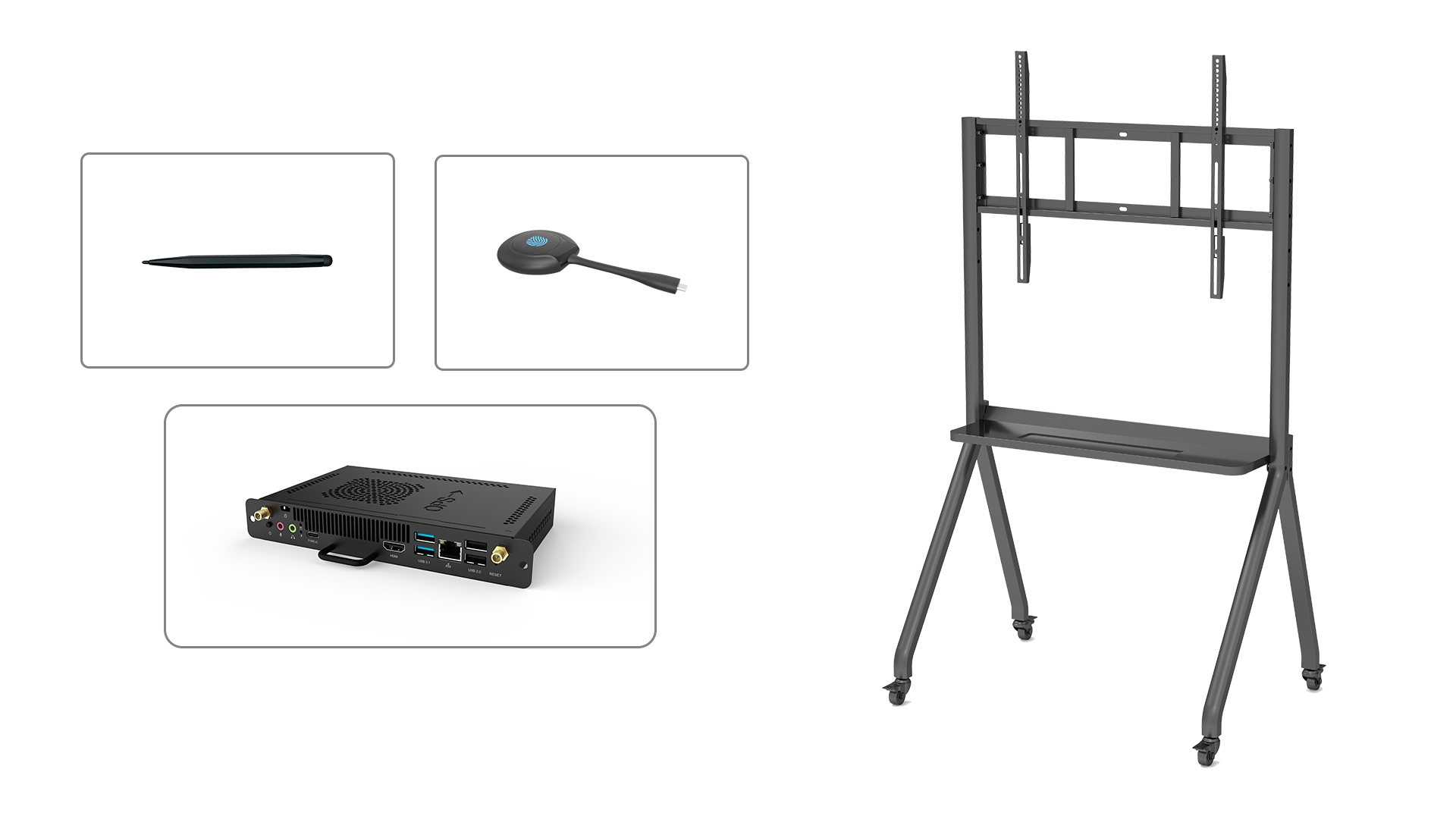Enhancing Engagement and Collaboration with Interactive Display Systems
Interactive display systems have revolutionized the way businesses communicate and collaborate. These advanced technological tools provide an immersive and interactive experience that enhances engagement and productivity. From interactive whiteboards to touch-screen displays, these systems offer a wide range of benefits for businesses of all sizes and industries.
Efficient Information Sharing and Presentation
One of the primary advantages of interactive display systems is their ability to facilitate efficient information sharing and presentation. With these systems, businesses can easily showcase their ideas, products, and services in a visually engaging and interactive manner. Whether it's during a team meeting, a client presentation, or a training session, interactive displays allow for dynamic content sharing, making it easier for participants to understand and retain information.
Improved Collaboration and Teamwork
Interactive display systems foster collaboration and teamwork within organizations. These systems enable employees to interact with the content being displayed, encouraging active participation and idea-sharing. Whether it's brainstorming ideas, working on a project, or conducting virtual meetings, interactive displays enhance collaboration by providing a platform for real-time interaction and feedback.
Enhanced Learning and Training Experience
Interactive display systems have also transformed the learning and training experience. Educational institutions and corporate training centers can leverage these systems to create engaging and interactive lessons. Interactive displays allow trainers and educators to incorporate multimedia elements, interactive quizzes, and real-time feedback, making the learning process more enjoyable and effective.
Increased Productivity and Efficiency
Implementing interactive display systems in the workplace can significantly increase productivity and efficiency. These systems allow for quick and easy access to information, eliminating the need for manual searching and browsing through multiple documents. Additionally, interactive displays streamline workflows by providing intuitive interfaces and tools that simplify tasks such as note-taking, organizing data, and collaborating on projects.
Enhanced Customer Experience
Interactive display systems can also enhance the customer experience in various industries. In retail settings, these systems can be used to create interactive product catalogs, virtual shopping experiences, and personalized recommendations. In the hospitality industry, interactive displays can provide guests with self-service options, interactive maps, and information about local attractions. By incorporating interactive displays into their customer interactions, businesses can create memorable and engaging experiences, ultimately leading to increased customer satisfaction and loyalty.
Versatility and Flexibility
Interactive display systems offer versatility and flexibility, making them suitable for a wide range of applications. These systems can be used in conference rooms, classrooms, retail stores, healthcare facilities, museums, and many other settings. With their customizable interfaces and software applications, interactive displays can be tailored to suit specific business needs and requirements. Whether it's for presentations, collaborative work, or interactive exhibits, these systems can adapt to various situations and environments.
Cost Savings and Sustainability
While the initial investment in interactive display systems may be higher compared to traditional display solutions, businesses can benefit from long-term cost savings. Interactive displays eliminate the need for printing materials, such as handouts and posters, reducing paper waste and printing costs. Additionally, these systems can be integrated with energy-saving features, such as automatic power-off functionality and ambient light sensors, contributing to sustainability efforts and reducing energy consumption.
Integration with Other Technologies
Interactive display systems can seamlessly integrate with other technologies, further enhancing their capabilities. They can be connected to video conferencing systems, document sharing platforms, and collaborative software, allowing for seamless communication and collaboration across different locations. Integration with mobile devices and touch-screen technology also enables users to interact with the display using familiar gestures, enhancing user experience and accessibility.
Future Trends and Innovations
The field of interactive display systems is continually evolving, with new trends and innovations emerging. Some of the exciting developments include augmented reality (AR) and virtual reality (VR) integration, gesture recognition technology, and advanced touch-screen capabilities. These advancements are expected to further enhance the interactive and immersive experience provided by display systems, opening up new possibilities for businesses and industries.






